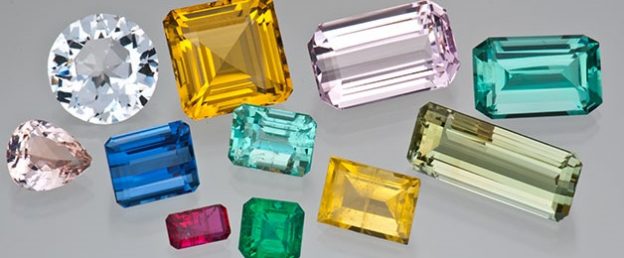Some of the most popular and high-end gems in the world of Gemstones are part of the big happy Beryl family. Beryl that is chemically free of substances appears colourless. The mineral group rates 7.5 to 8 on the Mohs scale of hardness, with a chemical composition of Be3Al2Si6O18. Ranging from colourless to black the various colours are a result of trace elements.
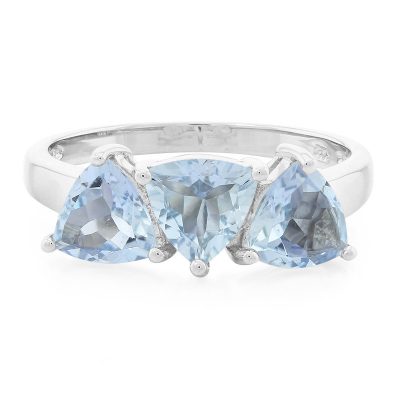
9k-Santa-Maria-Aquamarine-gold-ring
The colour range is quite wonderful. The elements that create the deep green Emerald, for example, are either chromium or vanadium. If the Beryl is a light green it is called green Beryl. The name Emerald is reserved for the deep coloured stones exclusively. Some of the Beryl gem stars include blue Beryl aka Aquamarine; Emerald, pink Beryl aka Morganite, the very rare Red Beryl aka Bixbite, Golden Beryl and Heliodor.
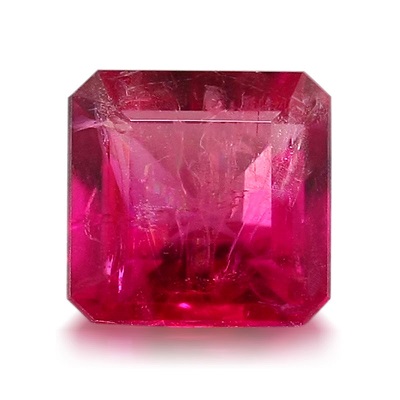
Bixbite
Beryl has naturally occurring hexagonal crystal system. The crystals can range in size from single carats to gigantic flawless examples displayed in museums. Some of the Beryl variations exhibiting a chatoyance-cat-eye effect, or an asterism-star point effect, are cut into cabochons.
The majority of the material is perfect for faceted cuts-
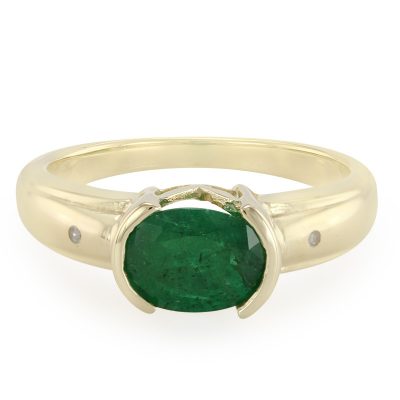
9k-Bahia-Emerald-Gold-ring
According to GIA.edu, the first important Beryl locality was the Egyptian Emerald deposit excavated in the Ptolemaic era, after 332 BC. Making Egypt the oldest source of Emeralds, lasting throughout the Graeco-Roman Empire. The mines have been largely inactive for over 700 years.
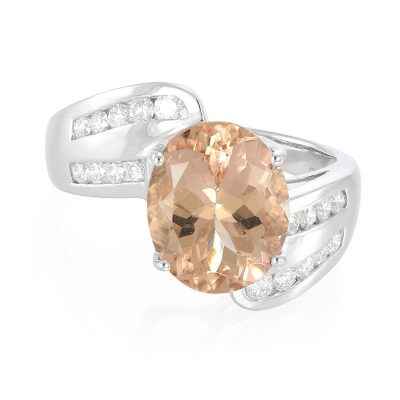
18k-AAA-Peach-Morganite-gold-ring
Untreated Morganite usually has a light pink to peach-coloured hue caused by traces of manganese. The gem has a pleochroism of pale pink and deep bluish pink, making it a bit tricky to cut. Normally it is a paler toned gem but occasionally a darker stronger colour can occur.
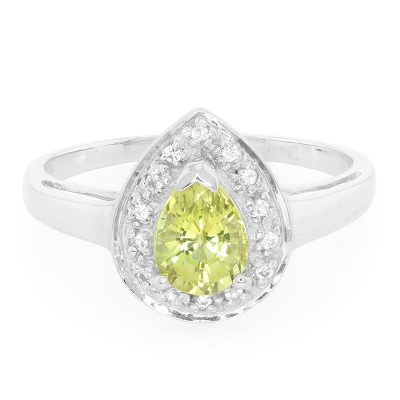
Brazilian-Chrysoberyl-Silver-ring
Golden Beryl aka Heliodor ( Greek for a gift of the sun) is a striking stone in its own right. The colour can range from a pale yellow to a deep golden orange. The value depends on the colour and size.
